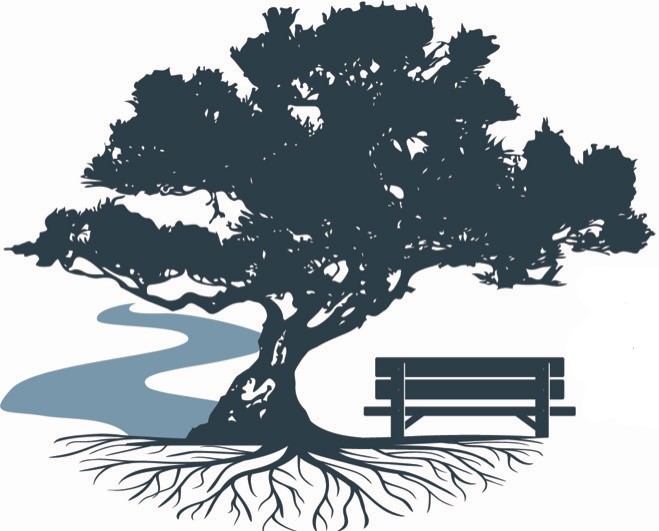This checkerboard map by Isidore Stouf shows the first subdivision of Wymberley and the beginnings of the Bluff Drive properties as we know them today. From 1736 until 1810, the first three generations after Isle of Hope was settled, the 500 acres of the Wimberly Plantation was a single, undivided piece of property. In 1810, when this map was created, Wimberley Plantation was owned by one woman, Mrs. Sarah Jones Glen, the granddaughter of one of Isle of Hope’s original settlers, Noble Jones. Noble Jones received the land directly from King George. Noble left the land to his son, Noble Wimberly Jones. Noble Wimberly Jones gave the 500 acres intact to his daughter Sarah.
Sarah had a plantation house, kitchen, and gardens at Wimberly Plantation when she died in 1804. She was a widow, having outlived her husband, John Glen, who had been Savannah’s mayor and the first Justice of the Supreme Court of Georgia. Sarah and John had thirteen children. Ten were living when Sarah died. This map was needed because Sarah’s will did not provide details on how the entire 500 acres should be allocated among her many children. She only specified the recipients of two five-acre lots. She gave her the five-acre riverfront lot with her plantation house to her oldest daughter, Margaret Glen Hunter. Margaret received special treatment because she also was a widow, as her husband had been recently killed in a duel. Sarah Glen also set aside a second five-acre river lot for son Noble Glen.
How to divvy up the remaining 490 acres turned into something of an ordeal. After five years, Sarah’s sons and daughters finally reached an agreement that the property should be re-surveyed and then subdivided into a one group of 5-acre riverfront lots and another group of larger interior lots. The siblings would draw lots and select their lots in order. This map shows the re-survey of the land just prior to the drawing and lot selection. The re-survey revealed that Wimberly Plantation included 582 acres, 82 acres more than previously known. The map shows the selected lots with their owners’ names. The names of Thomas Bourke, John Grimes, George Milner, and A.S. Bulloch are the names of the husbands of Sarah’s daughters. This subdivision of Wimberly Plantation in 1810 would be the largest subdivision of the land until James Richmond developed the Wymberley subdivision in the 1950s.
There are several important Isle of Hope landmarks shown on the map. The Skidaway Road of present day is identified as “Road to Ferry of Skidaway” and ends at a point on southern Isle of Hope known as Ferryman’s Point. Parkersburg Road is identified as the “Road to Parker Pt.” The Skidaway River is shown as the “Warsaw River.” The five-acre riverfront lots, known as the “Wymberley Lots”, show the beginning of the modern property boundaries along Bluff Drive. Interestingly, the Glen family plantation house is shown on the map and identified as “Wimbally”, However, the land called “Wamberly” on the text in the map’s legend. Over a hundred years later, James Richmond would name the area “Wymberley.” That is certainly better than “Wamberly”.
